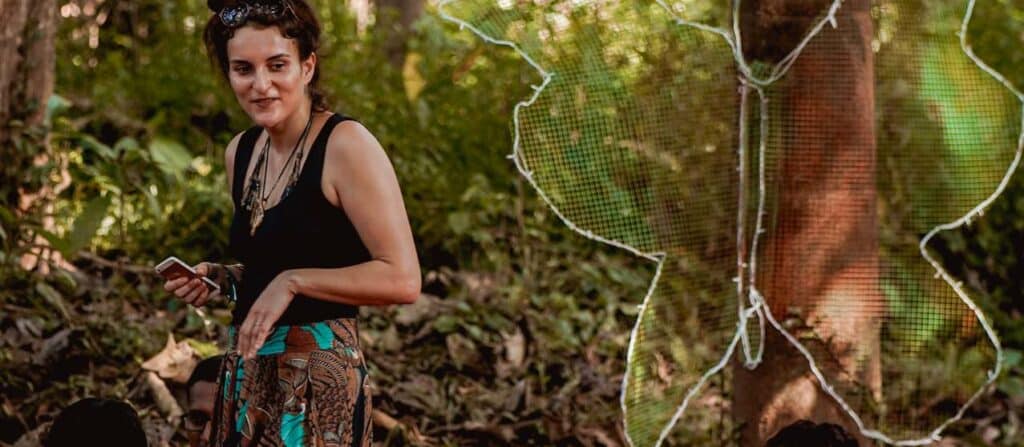Contemporary dance festival Dance Bridges may not have the word “international” in its name, but the event, which forges exchanges between artists in different countries, is truly global in nature. The fourth edition of the biennale, which will be held between 11 and 22 August 2022, is a hybrid instalment spread across three cities, London, Kolkata and Taipei. We spoke to UK-based festival director Vanessa Mirza to know more about what to expect. Edited excerpts:
What’s new this time around? How will it be different from past editions?
We’re doing an online festival as well as live events in London, Kolkata and Taipei. I’ve done a series of podcasts with the artists, which, I think, will be insightful and interesting for different types of audiences who can learn about the creative process.
Something a bit different in this year’s edition is that instead of the usual open call, we invited the artists, particularly because we wanted to connect with those we’ve featured in previous editions. I like the idea of developing a body of Dance Bridges artists who regularly come to festivals and share their work.
We also have photo essays focused on our residency project, which began with five dancers from Kolkata and has grown to almost 30 participants from different parts of South Asia, South East Asia, Europe and different cities in India. The photo essays put a spotlight on emerging artists and highlight how their practice has grown.
The festival will take place simultaneously in three countries. What are the commonalities and differences between the contemporary dance music industries in each of them?
In London, there is a very diverse population both in terms of people who are here and those who are visiting. The international influx makes the arts scene very interesting. There are a lot of opportunities, [avenues for] funding and many festivals and events. It’s kind of hyperactive in a way and it’s exciting.
In Taiwan too, there is strong support, particularly for contemporary dance. The scene is very attuned to technology. In fact, one of the features of our festival will be this, with one of our partner companies, the Anarchy Dance Theatre. It will be quite exciting to see how Taiwanese artists incorporate technology.
In India, of course, [the scene] is very wide, very complex. There is this strong blend of traditional dance being incorporated into contemporary forms. There are also artists who prefer to work with a more abstract medium. You will see that in a film we are screening by Bengaluru-based artist Priyabrat Panigrahi called How Long is Forever. I think there is a very strong movement among younger artists who are excited to learn and explore, break boundaries, push their limits, just to put stuff on social media. This inspires me.
How did the last two years of the pandemic affect the festival?
Organising a digital festival was an impact of the pandemic as we would have never thought about it otherwise. Initially, we thought the pandemic would last maybe for a year and we postponed the festival. We realised this is looking really difficult and complex because 80% of our programming is with international artists. if you are doing an event like this, you have to connect with embassies and cultural foundations. The planning period is almost one year into that. So, it was just a bit too risky to have a fully live edition the way we used to.
At first, we thought we should delay it again but August is the time of our festival. So we merged the 2021 edition into 2022. I love moving people in person and sharing what we do and meeting more artists. This time, the live events will be more minimalist. But I am happy with the direction this has taken.
[Earlier] I would never have a chance to talk one on one with each artist, have long discussions and understand the process of their work. So, even for me, as the festival director, it was really nice.
It was quite interesting to see the responses of the artists. They told us that even when you go back to a fully live festival, please retain the digital aspect.
What are some of the other highlights the audience should look forward to?
We are not doing that many live performances, but we are screening films. [UK-based] dancer-choreographer Dam (Van Hyun) has been leading the residency. This time, he is challenging the dancers. It’s more of a conceptual piece that the artists are responding to, rather than just physical movement. The piece we would do at the end as a video collage will be screened on the first day of the festival.
The films are going to be available for a week and the audiences have the chance to watch it and rewatch it if they like, at their leisure. We will have live screenings for those who are able to come out and watch [them in person].
In Taipei, there will be artist jams that people can join. They are for movement artists and artists who do not have that much experience to connect with each other.




Share on